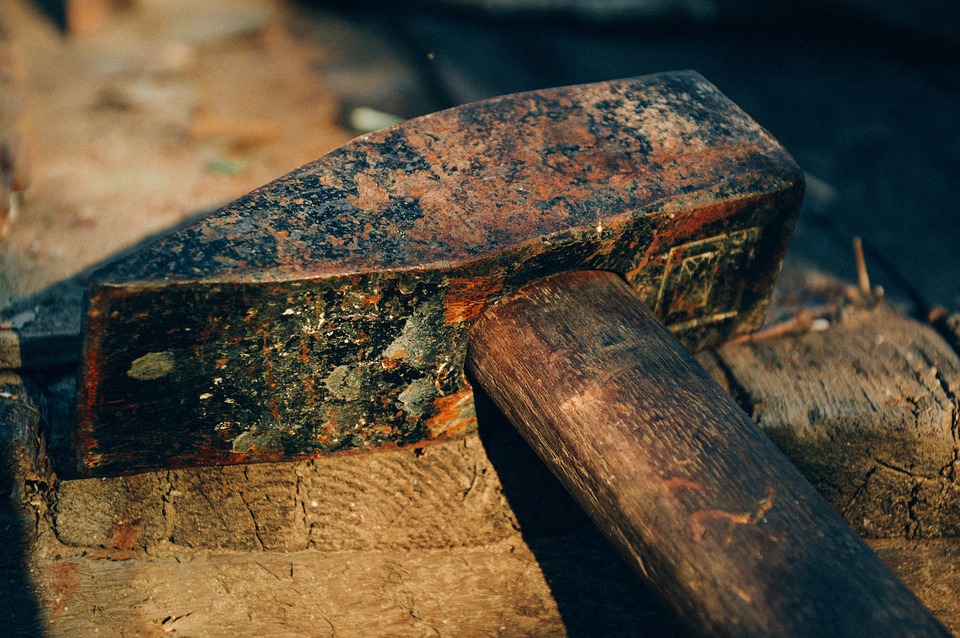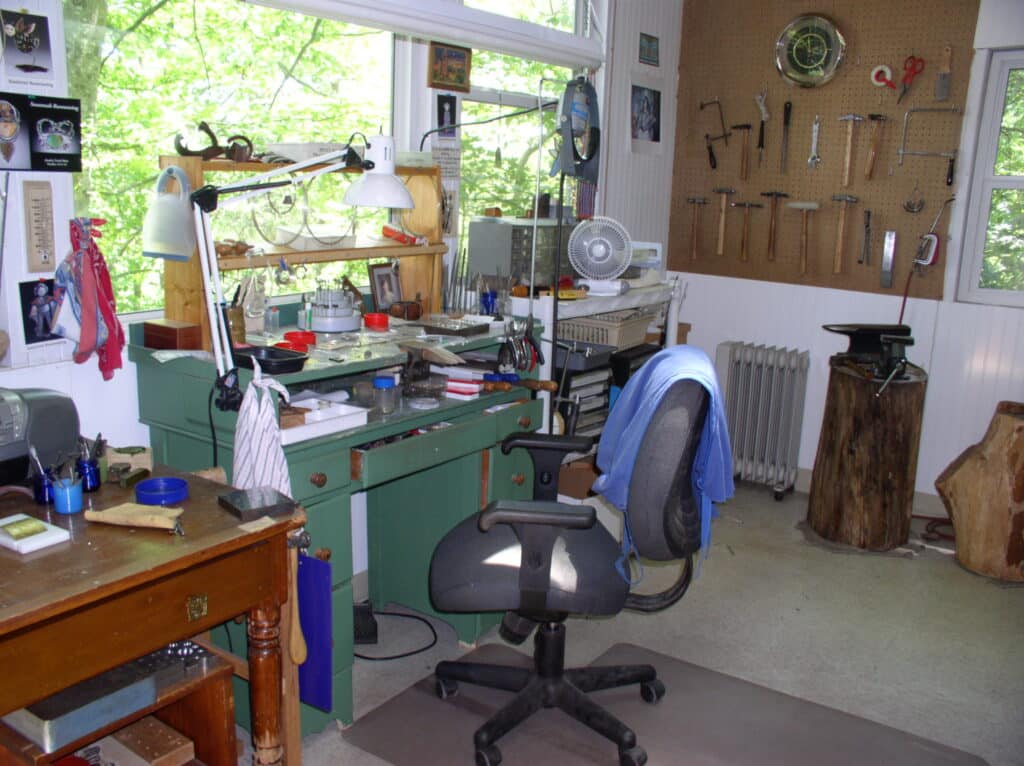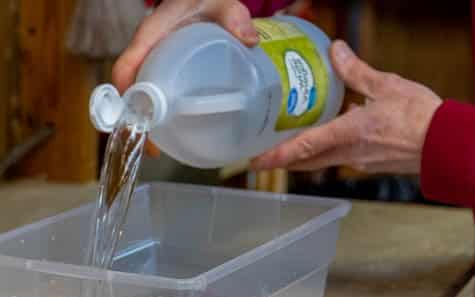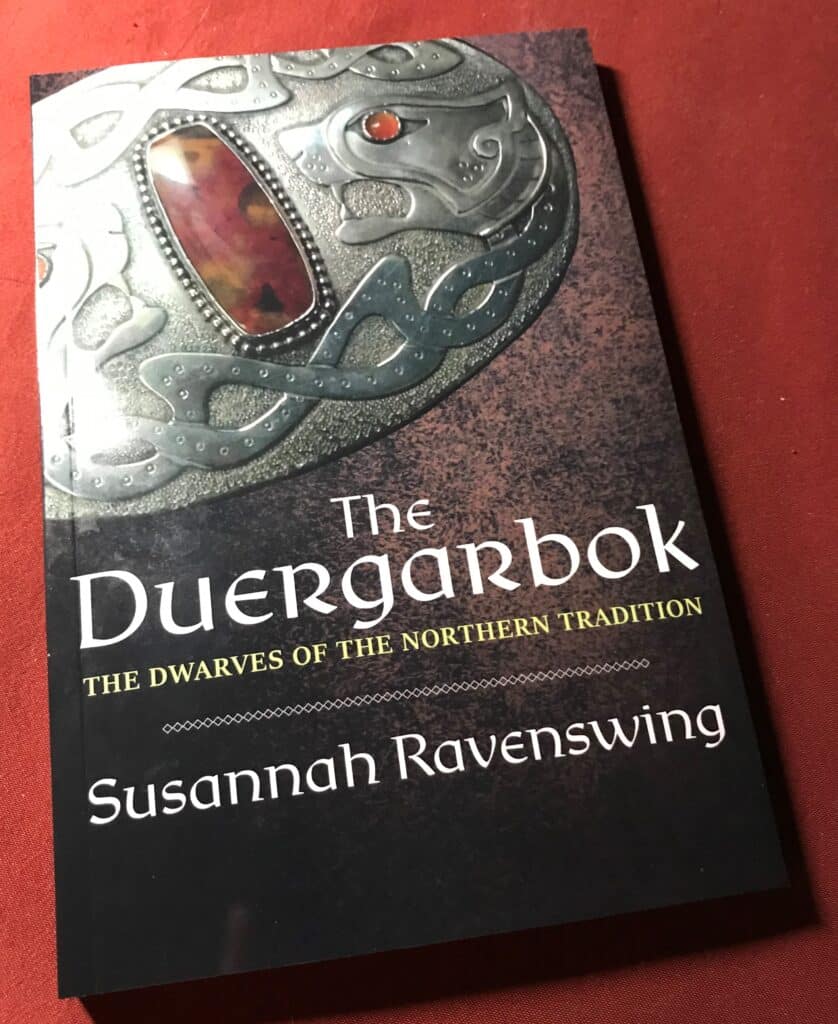
As someone who spent 50 years at the jeweler’s bench, much of that time making sacred jewelry, I have a strong relationship with the Duergar, or Dwarves, of the Northern Tradition. These Beings hold a significant role in Norse lore, having created some of the most notable magical objects, such as Odin’s spear Gungnir and Freyja’s necklace Brisingamen. For the God Freyr, they created a ship what folded down to the size of a handkerchief, and when Loki cut off the beautiful blond locks of Thor’s wife, Sif, it was the Duergar who made her new hair of real gold.
As one might expect from beings renown for the creation of objects of extraordinary craftsmanship and beauty, the Duergar have strong opinions about self-discipline and dedication to one’s craft, maintaining strict traditional guild systems focused on skill of workmanship as well as the preservation of their traditional magics for harvesting and working with the treasures of Svartalfheim in a respectful way. Our folklore records past occasions when the Duergar stepped up to offer assistance to humans, but with our shift to mining with explosives, and our emphasis on mass production, the Duergar have withdrawn to their own realms and rarely interact with humans now. Our “throw away” culture is the antithesis of all they revere.

I am an Animist, and believe that everything has a spirit, and this extends to old tools. My interactions with the Duergar have taught me to appreciate the quality of materials and workmanship present in old tools, which often exceed those produced today. I sew my clothing with my mother’s 1952 Singer electric because I find it superior to fancy, programmable ones and far more beautiful. As a jeweler, I used many antique hammers acquired from older craftsmen which have since passed from me into the hands of younger artisans who also prize them.
The Duergar find it incomprehensible that anyone would neglect the care of a fine tool, leaving it to rust or fall into disarray, and consider the restoration of neglected old tools to be a holy act. When neglected, the spirit of the tool falls into a deep slumber, and it forgets what it is and how it is to be used. To restore a neglected tool is an act of re-awakening, of recognition, and of respect.

Rust and corrosion can be gently removed with warm white vinegar, scrubbed away as it softens. Wooden handles can be sanded to remove splinters and resealed with boiled linseed oil or beeswax or even replaced if necessary. Loose joints can be tightened with wedges or re-glued. As one does these things, one engages in a conversation with the spirit of the tool, reminding it of its function and value, that it is worthy and cherished and useful. In this process, I am ever reminded of how this same exchange can be so healing in interpersonal relationships: “I see you. I value you. You are worthy.”

To learn more about the wisdom and values of the Duergar, read my book, “The Duergarbok: The Dwarves of the Northern Tradition”, available from Amazon or through Asphodel Press.